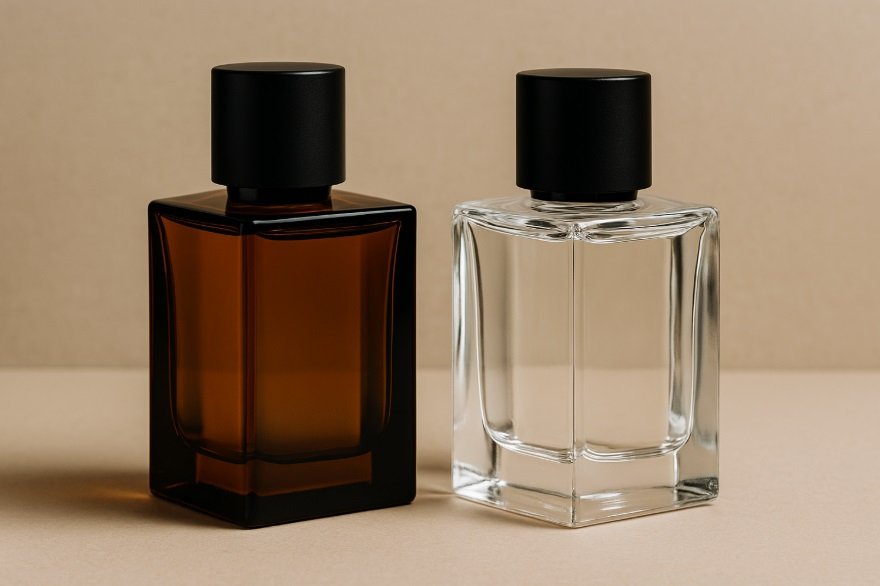The perfume industry has long labeled its scents with gendered designations. Shelves are divided between sleek, bold bottles marked “for him” and delicate, pastel flacons “for her.” Marketing campaigns play into archetypes—men charging into the desert or emerging from a sea, women draped in silk, lost in a floral fantasy. But does a fragrance itself truly carry gender?
As consumers become more mindful of how identity is constructed, the question arises: what makes a scent masculine or feminine in the first place? And is that distinction even real?
In the modern era, more buyers—especially younger generations—are beginning to challenge the old rules. The truth is, scent isn’t born with gender. It’s assigned one. And that assignment often has more to do with marketing than chemistry.
A brief history of gendered perfume
The idea of separating fragrance by gender is a relatively recent phenomenon. Historically, both men and women wore similar ingredients. In Ancient Egypt, men anointed themselves with floral oils like lily and rose. In Renaissance Europe, aristocrats of all genders wore perfumes made from musk, ambergris, and jasmine. The scent was about wealth, status, and ritual—not gender.
The shift began in the early 20th century when consumer culture demanded clearer categorization. Beauty brands realized that segmenting products by gender allowed them to sell more. Fragrance lines were split into “men’s” and “women’s” collections, and the idea of certain notes being masculine or feminine was born.
In today’s commercial space, women perfumes are often built around florals, fruits, vanilla, and powdery accords. They’re described as soft, sensual, or romantic. In contrast, masculine fragrances lean on woods, spices, tobacco, leather, and aquatic notes, often marketed as powerful, fresh, or intense.
But these distinctions don’t come from the scent molecules themselves. They come from social coding.
How perception shapes scent
Fragrance is processed in the brain’s limbic system—the area responsible for emotion, memory, and instinct. According to olfactory researcher Dr. Rachel Herz, how we interpret scent is heavily influenced by learned associations. If you’re repeatedly told that jasmine is feminine, you start to believe it. If leather is always tied to masculinity, it becomes part of that identity.
This creates a feedback loop. Brands present certain ingredients as gendered, and consumers internalize those expectations. Over time, the scent itself becomes a signal—not just of identity, but of conformity.
But what happens when those signals are challenged?
Breaking away from binary scent labels
Today, we see a growing number of perfume houses offering gender-neutral or gender-fluid collections. The goal is to let scent speak for itself, without the constraints of male or female categories. In these collections, you’ll find rose paired with black pepper, vanilla grounded by vetiver, and citrus enriched with amber.
This shift reflects a cultural movement toward authenticity over tradition. People are no longer looking to fit into pre-built molds—they’re seeking products that reflect who they really are.
Luxury perfume brand PARFUM.AE is one of the players leaning into this shift. Known for its mastery of traditional Middle Eastern ingredients, the house doesn’t treat oud, musk, or florals as gendered. Instead, it crafts its perfumes based on richness, depth, and harmony. Many of its most coveted scents are worn comfortably by both men and women, blurring old lines and making space for more expressive fragrance experiences.
Why it matters beyond perfume
On the surface, breaking the gender myth in fragrance might seem trivial. But it’s tied to a broader issue: the need for self-expression without artificial limits. Scent is one of the most personal forms of adornment. It sits on your skin, evolves with your body, and communicates without words. Why should anyone feel boxed into a particular olfactory identity based on outdated marketing?
Wearing a rose doesn’t make you feminine. Wearing oud doesn’t make you masculine. These notes don’t carry inherent gender. They carry mood, intensity, character. And most importantly—they carry memory.
The most beloved fragrances aren’t tied to gender—they’re tied to emotion. A cologne may remind someone of their father, not because it was labeled “for men,” but because it captured his spirit. A floral scent may feel empowering, not because it’s “for women,” but because it awakens something joyful and bold in the wearer.
Choosing fragrance with freedom
Instead of asking, “Is this scent for me?” based on label or category, ask: how does this scent make me feel? Does it energize or calm you? Does it bring confidence, comfort, or curiosity?
Trying scents blind—without knowing the bottle or brand—can be revealing. Many people end up loving notes they previously avoided because they were convinced it “wasn’t for them.” And in doing so, they expand not just their perfume wardrobe, but their sense of self.
Because scent, at its best, isn’t about fitting into someone else’s mold. It’s about shaping your own.















